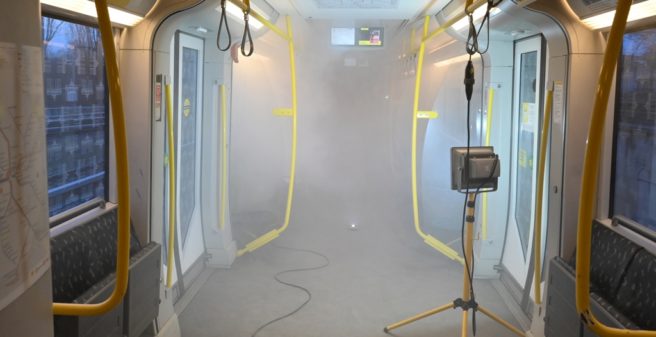
Travelling by public transport in Berlin remains safe even during the Corona pandemic – for passengers and drivers. This is the result of a recent study by the Department of Experimental Fluid Mechanics at the Technical University of Berlin and the Laboratory for Biofluid Mechanics at the Charité – Universitätsmedizin Berlin. A team of scientists led by Prof. Dr.-Ing. Christian Oliver Paschereit and PD Dr.-Ing. Ulrich Kertzscher was commissioned by the Berliner Verkehrsbetriebe (BVG) to experimentally investigate the dispersion of aerosols in various Berlin underground trains, trams and buses.
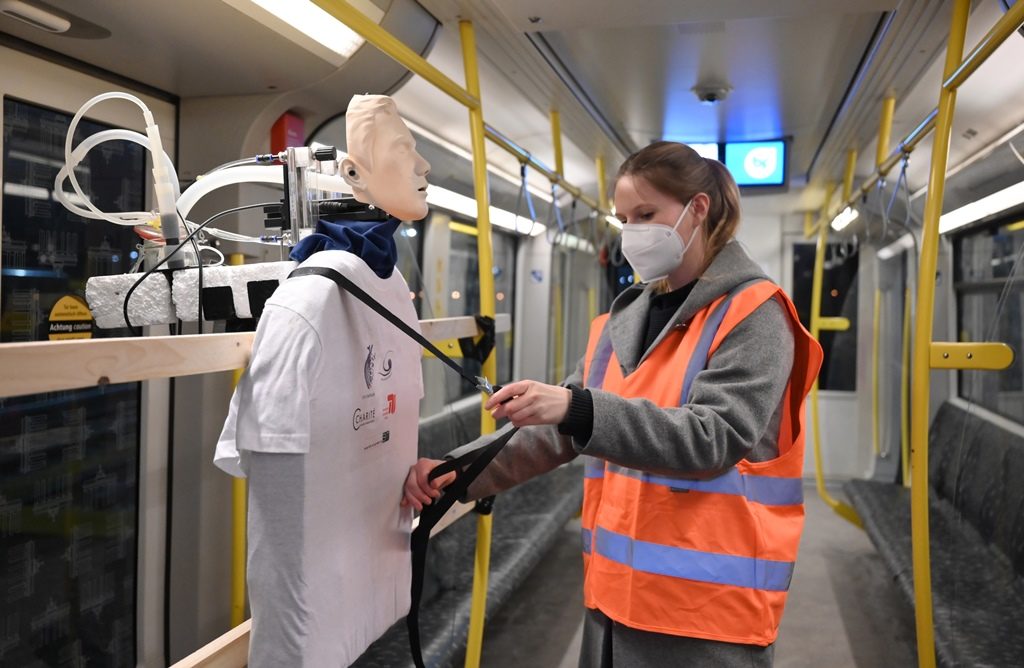
For this purpose, the researchers used artificial theatrical fog as well as aerosol measurements in which virus-laden breathing air is simulated and inhaled by human-like mannequins. In this way, they were able to determine that vehicle ventilation and the targeted opening of windows and doors effectively reduced aerosol concentrations by up to 80 percent. The study did not include the additional, positive influence of medical masks, such as those currently worn by passengers. The volume of a bus, for example, is roughly equivalent to that of a medium-sized conference room. Opening the doors at each stop would be comparable to opening the windows every minute and a half or so during a meeting. In addition, public transport passengers are often only in the vehicles for a few minutes.
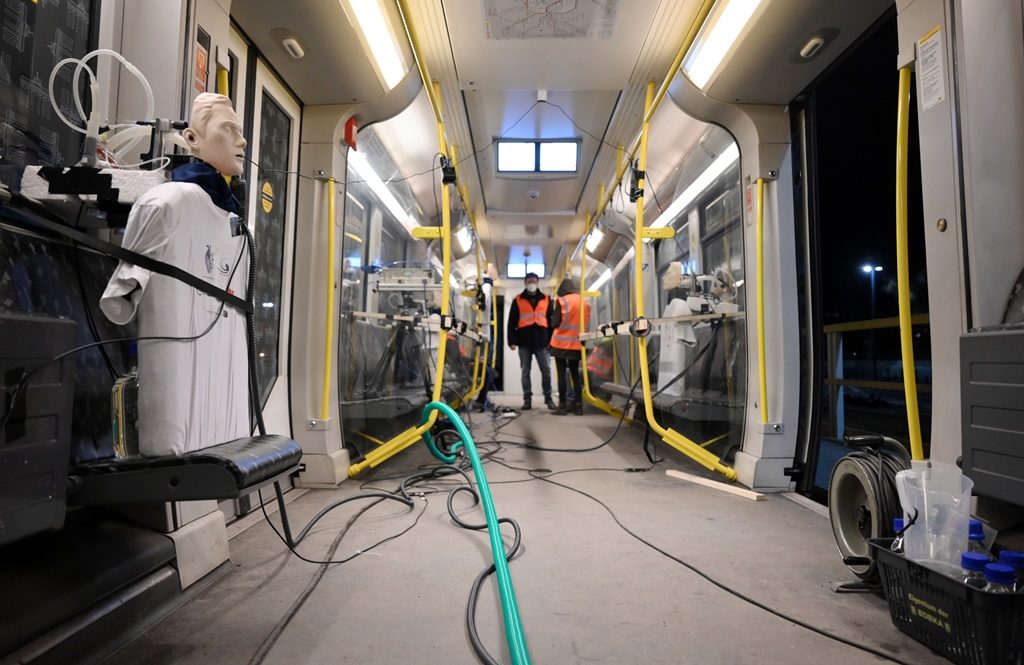
Prof. Dr.-Ing. Christian Oliver Paschereit, Head of the Department of Experimental Fluid Mechanics at the TU Berlin: “We were very pleased that our newly developed measurement technique could contribute to assessing the dispersion of aerosols in public transport and thus the risk of infection with SARS-CoV-2. We were able to show here that the ventilation systems as well as the opening of windows and doors very significantly reduce the aerosol concentration in the means of transport under consideration.”
PD Dr.-Ing. Ulrich Kertzscher, head of the Laboratory for Biofluid Mechanics at the Charité: “It was an exciting challenge to use our measurement system in the different types of vehicles in driving operation. The fact that the measurement results turned out so positively actually surprised us, but of course also made us very happy. As expected, measures have to be taken, but opening the windows and doors in combination with the ventilation systems in the buses and trains significantly reduce aerosol dispersion.”
Eva Kreienkamp, CEO of Berliner Verkehrsbetriebe (BVG): “I am very pleased that this study now confirms to all our passengers and employees: using buses and trains does not pose an increased risk of infection. With masks, distance and good ventilation, we can continue to travel safely together.”
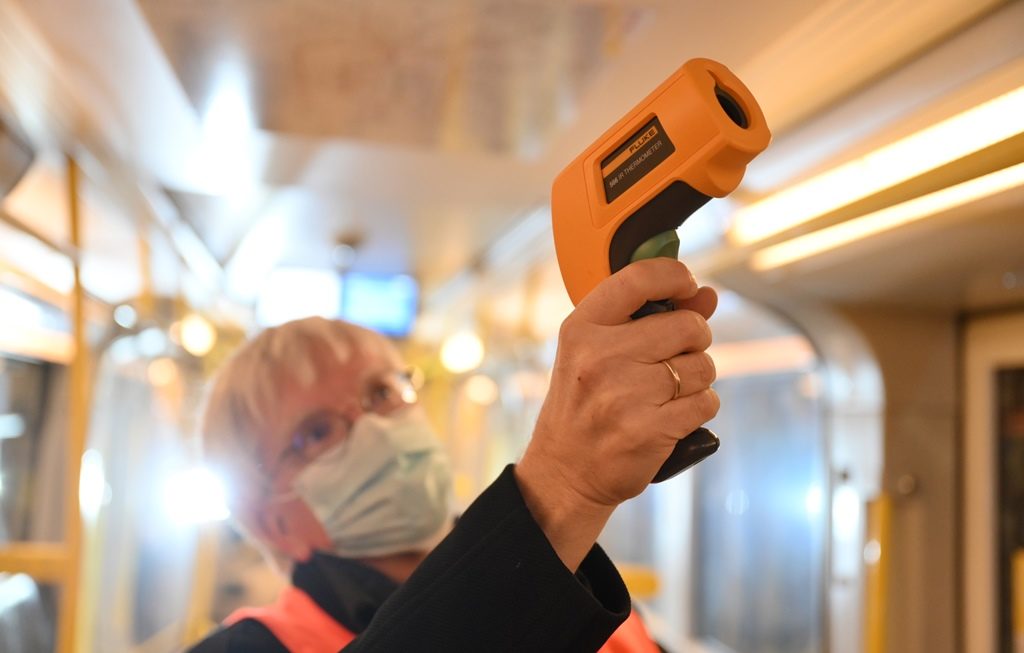
Dr. Manuela Huetten, head company doctor and pandemic officer of BVG: “It was a particular concern of ours that the effectiveness of the separating discs in our buses is also scientifically tested under Corona aspects. Unlike in the underground and trams, our drivers do not sit in a cabin in our buses. The study shows that the newly installed separating discs effectively prevent the spread of aerosols from the passenger compartment to the driving personnel and shield them well. In combination with the driver’s compartment ventilation, this results in the highest level of safety at the workplace from an occupational health point of view.”
Despite a demand of currently only about 45 per cent of the comparable pre-Corona periods, BVG buses and trams continue to run the full range of services, in school transport and on a number of bus lines even with additional services. This means that there is a lot of space in the vehicles. Where technically possible, the doors of the trains and buses open automatically at all stops. The findings from the study are now being used to use ventilation and window opening in the individual vehicles in an even more targeted way to reduce possible aerosol concentrations.
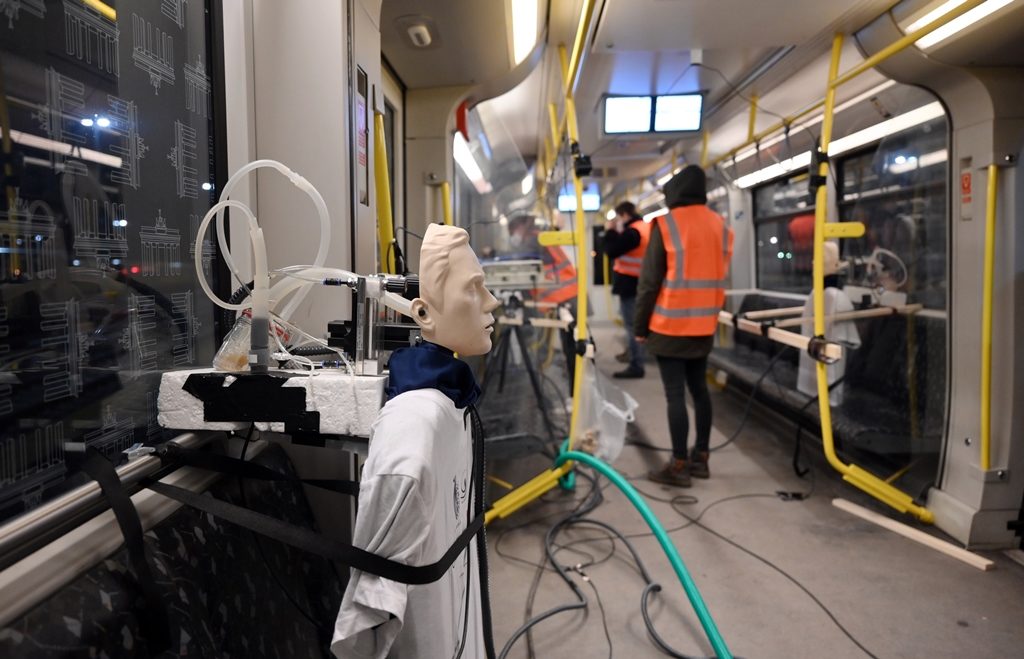
Passengers in buses and trains are protected by medical masks and regular air exchange. In April 2020, Berlin was the first federal state to make the wearing of a mouth-nose covering mandatory in public transport in order to contain the Corona pandemic. Since January 2021, a medical mask has been mandatory, such as surgical masks or masks according to the FFP2 or KN95 standard. In July 2020, BVG became the first public transport company in Germany to introduce a contractual penalty of 50 euros for violations of the mask requirement, independent of official fines. With between around 97 and 99 per cent daily, the “mask discipline” of Berlin passengers has already been gratifyingly high for months.
30.04.2021
